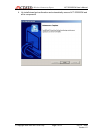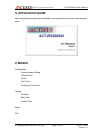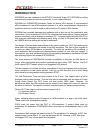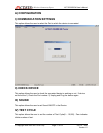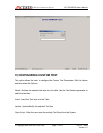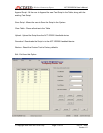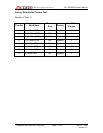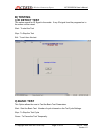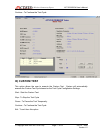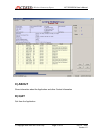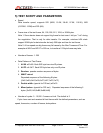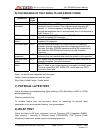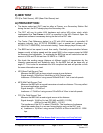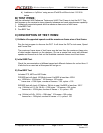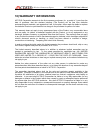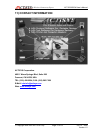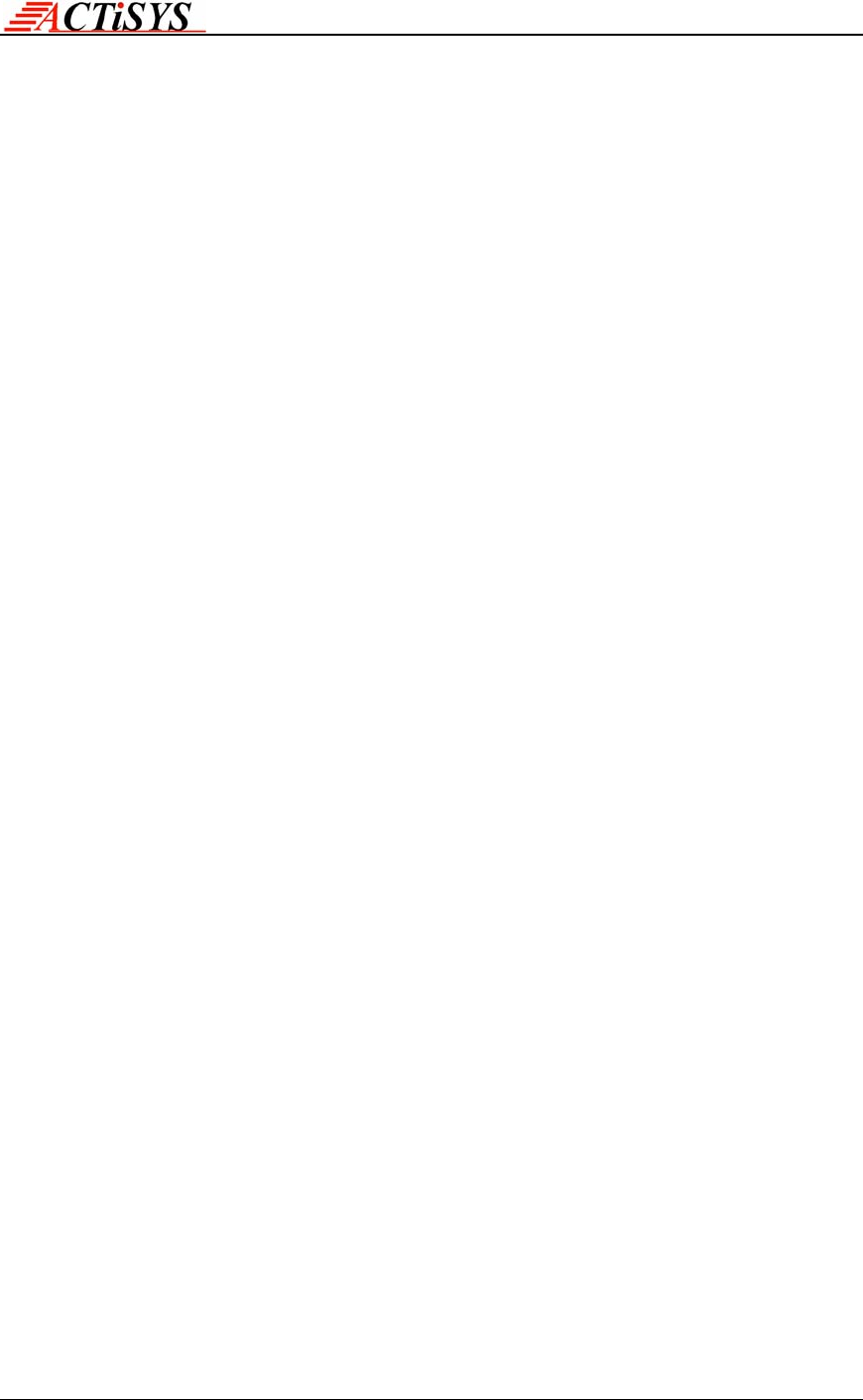
ACT-IR3200SW User’s Manual
The Wireless Connectivity Expert
b) Irradiance = 4 µW/cm² using source 27mW/Sr at 82cm to test 115.2K &
below
B) TEST ITEMS:
Use the calibrated IrDA Reference Testers and IrLAP-Test Frame to test the DUT. This
test focuses on the receiver's strong intensity tolerance and weak signal sense capability.
1. Validate all supported speeds and the maximum frame size of test frame.
2. Initial BER Test
3. Fine BER Test
C) DESCRIPTION OF TEST ITEMS:
I) Validate all supported speeds and the maximum frame size of test frame.
Run the test program to discover the DUT. It will show the DUT's nick name, Speed
and Frame Size.
The maximum frame sizes of test frame may be less than the maximum frame size
of data transfer depends on the designer. So use a special test script with different
speeds and frame size to find out the available maximum frame size of test frame.
II) Initial BER Test
Check the communication at different speed and different distance for a short time. If
it fails the far or near test at this speed will not go on.
III) Fine BER Test
Includes FFS, MFS and NFS tests.
FIR BER test will check 100 Mbits to see if its BER is less than 10E-8.
e.g. 100M bits = 1024 bytes * 100 frames x 100 cycles
frame size = 1024 bytes, number of frames = 100, cycles = 100
SIR BER test will check 10 Mbits or 1M bits to see if its BER is less than 10E-7.
e.g. 10M bits (at 115.2k, 38.4k) = 1024 bytes * 10 frames x 100 cycles
frame size = 1024 bytes, number of frames = 10, cycles = 100
e.g. 1M bits (at 9.6k, 19.2k) = 128 bytes * 10 frames x 100 cycles
frame size = 128 bytes, number of frames = 10, cycles = 100
Copyright 2004-2005 ACTiSYS Corp. Page 22 of 24 July 12
th
, 2005
Version 1.2



